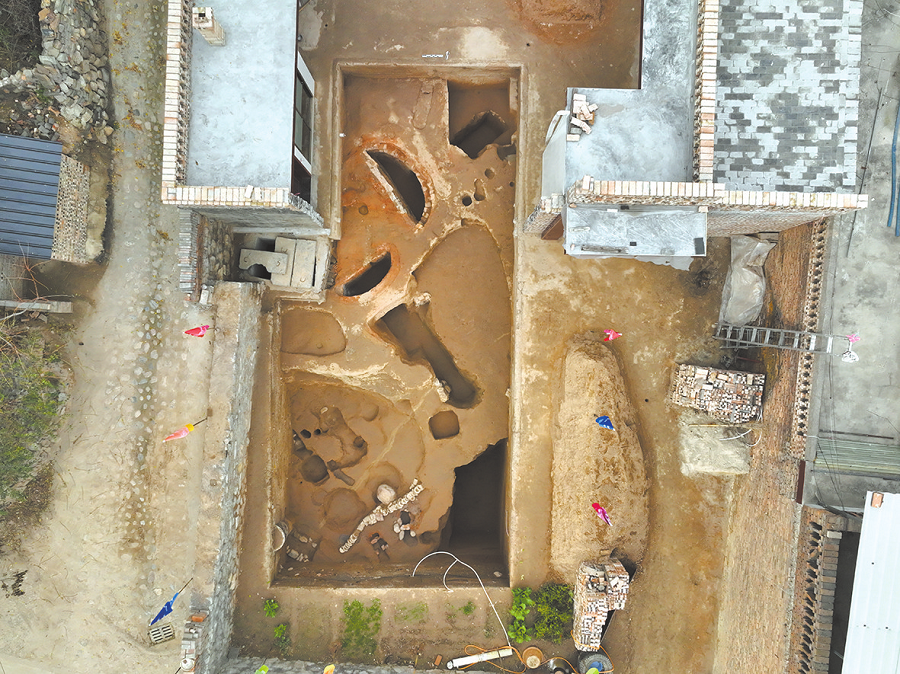

Shanxi authorities put Chencun village on the list of protected major cultural heritage sites in 1986. The multiple surveys done from the 1970s to 1990s helped give experts an idea of the Huozhou kiln complex, with bun-shaped kilns and brick caves for unburnt earthenware for drying found. The relic sites were buried underground, 1.5 meters to 5 meters deep, Liu said.
The village was put under national-level protection in 2006, the highest protection level approved by the central government for immovable cultural relics.
China decided to excavate the kilns in Chencun in 2022. Archaeologists from the Shanxi Provincial Institute of Archeology, Peking University, Fudan University and Huozhou city's cultural relics department conducted investigations and explorations of the village. They finally chose eight sites covering 600 square meters for excavation, Liu, who is in charge of the excavation team, said.
The findings of the porcelain kilns in Chencun village fill an archaeological gap, Liu said.